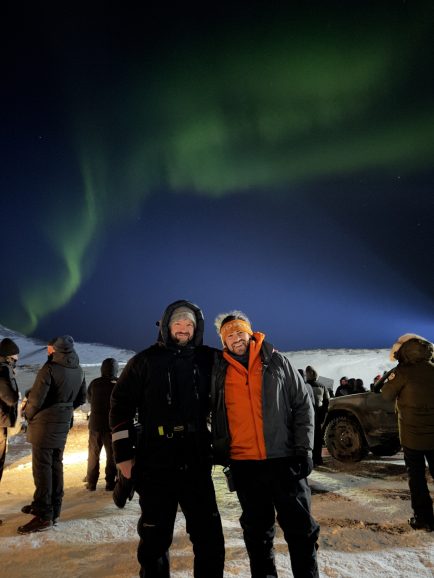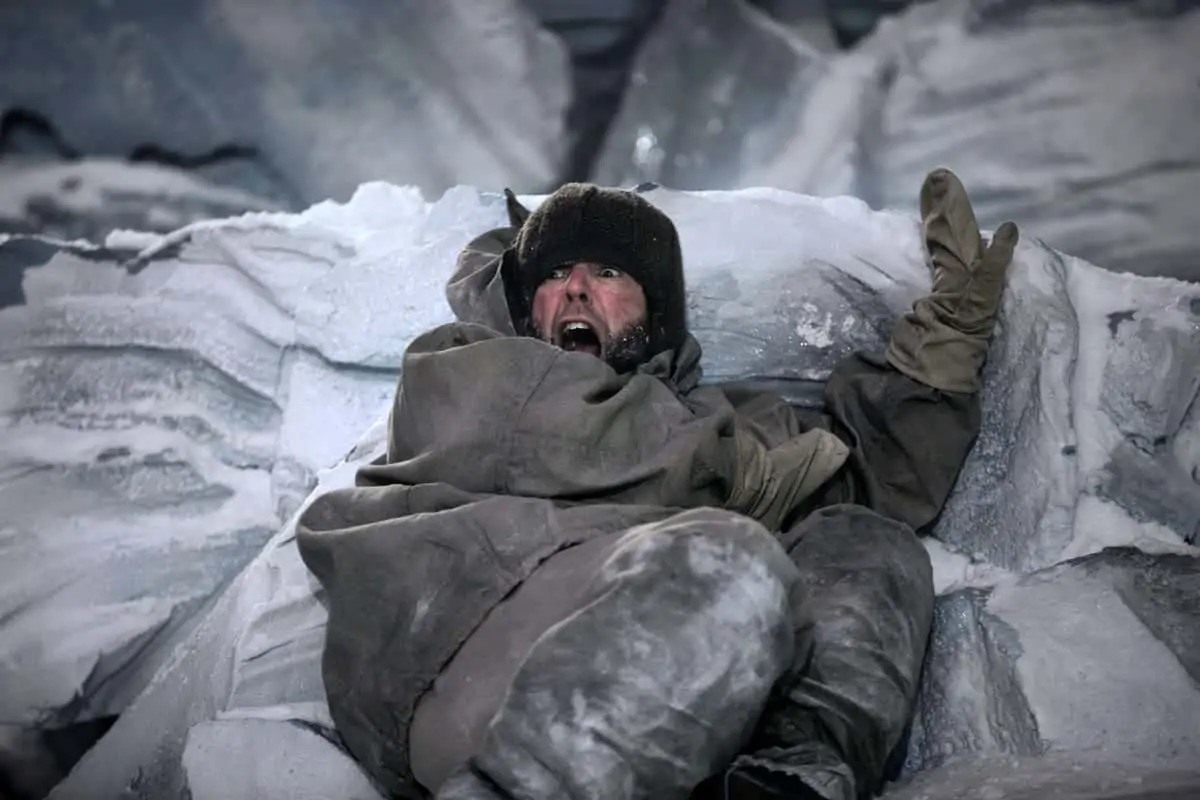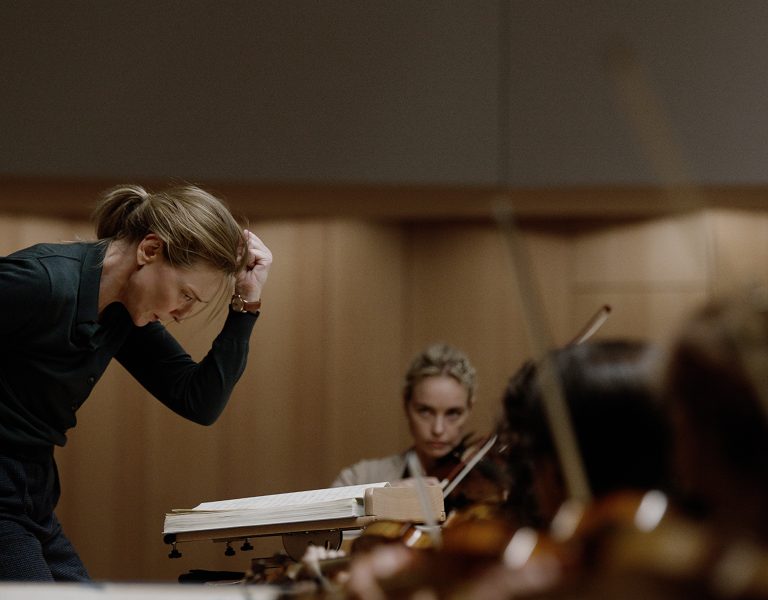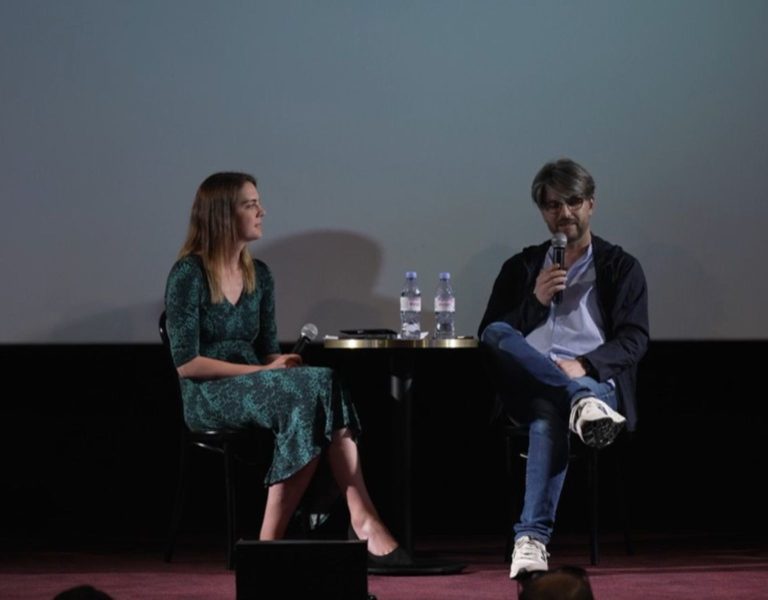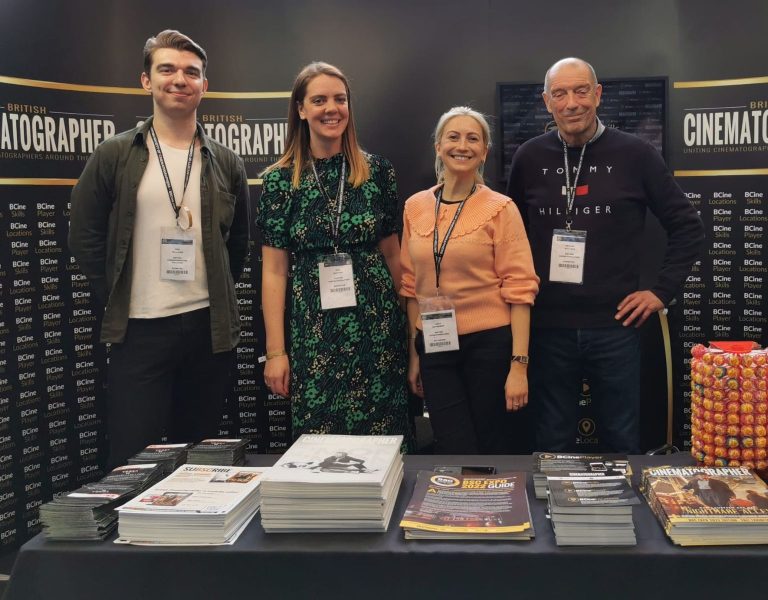ON THIN ICE
The latest instalment of True Detective, set in a remote Arctic research station, challenged Florian Hoffmeister BSC to take a utilitarian approach to lighting design.
Another season of True Detective recently wrapped on HBO – and was the most-watched instalment of the embrace-the-bleakness police procedural which routinely dances on the edge of a Lovecraftian mysticism. The general consensus is that this fourth season has been the strongest since Matthew McConaughey and Woody Harrelson kicked off the first one a decade ago, but in true TD fashion, the ending, or resolution (or almost-resolution, which is also now a kind of series staple), has generated a lot of critical debate. There has even been some sniping, some of it coming – surprisingly – from the original series’ writer/creator, Nic Pizzolatto.
Some heavyweight opinions, however, disagree with Pizzolatto’s broadsides, with Rolling Stone declaring this conclusion to Night Country – this being the first instalment with its own subtitle – the series’ “best finale ever”. The BBC declared it “thrilling and chilling, beguilingly atmospheric and beautifully shot”.

The “thrilling and chilling” also comes with what the Beeb noted was a “feminist twist”, this with the show’s first female writer/director, Issa López. Set in the fictional Ennis, Alaska (the series’ first cold-weather setting), perhaps emphasised the reworking of at least some series tropes, as this one famously had two female leads – Jodie Foster, and relative newcomer, boxer-turned-actress Kali Reis. What remained consistent to form, however, is that they played inevitably estranged former partners who must come together to solve one more murder, which eventually connects to a harrowing, unsolved, previous death.
As for that “beautifully shot” Ennis, it was perhaps even more fictional than a viewer might realise. The entire series was filmed in Iceland with Florian Hoffmeister BSC behind the camera. “We shot 112 days,” he recalls, days which started for him some six months after wrapping Tár, for which he received both Oscar and BSC nominations. And surprisingly, for those who view Iceland as mostly a location for exteriors, a quarter of the shoot was on stages, including Iceland’s RVK Studios, and “a former industrial building we turned into a makeshift stage”.

Bringing Alaska to Iceland
Prior to shooting, though, production designer Daniel Taylor did visit America’s 49th state to gather design elements. “His mise en scène was so real,” Hoffmeister says. “It was really rewarding (and) accentuated the transient nature of Alaska.” That, in turn, “leads to people not throwing things away, or stocking up on food or products for the winter”, meaning that “the old, the present (and) the future” are all visible layers of the design (and a recurring theme in show – “time is a flat circle” after all).
Taylor even brought in street lighting for the town’s fictional high street, though there was another aspect of lighting, and the present visually bleeding into the future, that particularly struck Hoffmeister: “If you live there and it’s dark all day – you have to switch on the lights all the time. People don’t [even] turn off their cars in front of the supermarket, to prevent them from freezing.”
This perpetual surrounding of artificial light led to a lighting design “rooted in a sense of the utilitarian”, with a kind of “up and down of brightness and darkness”, especially as characters try to emulate “day” with the perpetual December “night” running for weeks on end, right outside their windows.
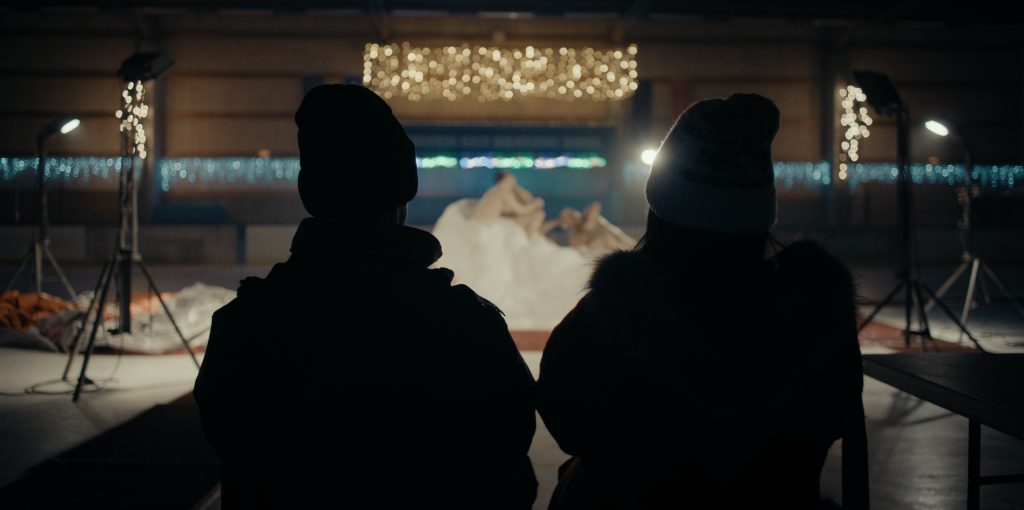
There were, however, other profound influences besides the DIY daylight that Alaskans live with, including one of cinema’s great snowbound horror classics – John Carpenter’s The Thing, shot by Dean Cundey ASC. “What I loved about [the film was] a certain roughness in the way it was shot,” Hoffmeister says, also citing its “elegance and style”.
Additional influences included Russian photographer Alexander Gronsky, whose Endless Night series, shot in Murmansk, by the Barents Sea, shows people living with the months-long darkness, which became another visual barometer for the show. The photo series, shot in a Russian mining town, was “a real reminder of those extreme contrasts” people live with in such conditions. But Hoffmeister also “wanted to have more amplitudes” for his own study of lives unfolding in such harshness.
For starters, he and López were “not so precious with composition, you let people work the frames. [Though] when it came to camera movement, we were a bit more classical,” including a lot of handheld when characters are agitated.
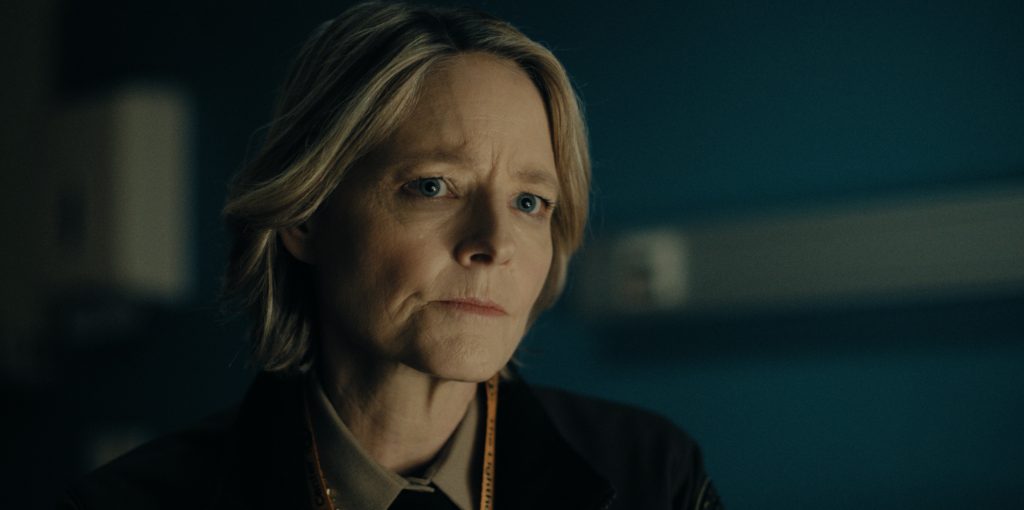
The director herself was initially attracted to Hoffmeister’s work after seeing The Terror, where the DP shot some ice-bound episodes set in the Arctic. But those, he hastened to add, were “shot only on stages”.
Of course, previous iterations of the show itself, as well as the director’s own proclivities, also affected the approach to Night Country: “Issa brought a really strong playfulness to the table,” Hoffmeister says. “It was more like a fun reinterpretation of some of the myth of [True Detective]. Like a tall tale, like sitting around a fire and telling a story. It was made in that spirit,” which helped counter the occasional feeling of being “overwhelmed” by the show’s brand.
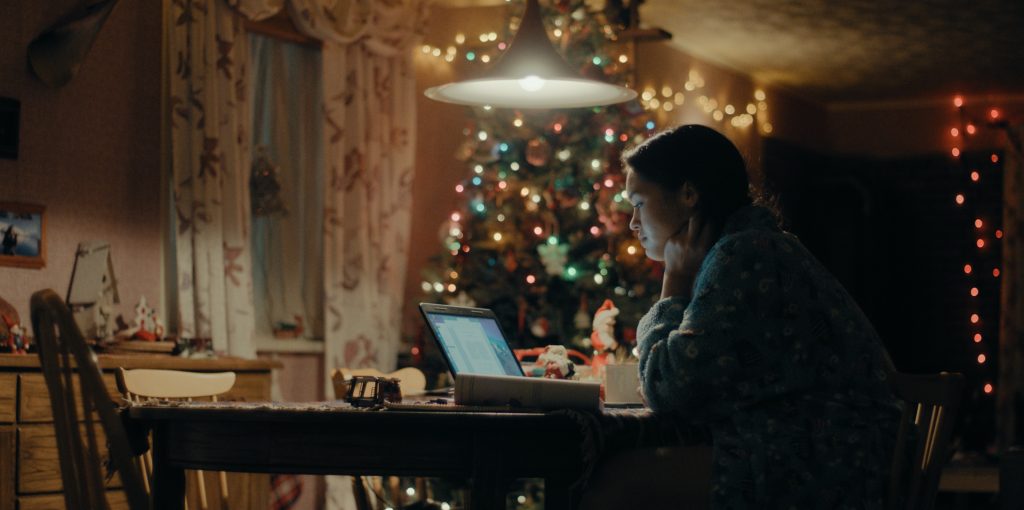
Light and dark
Another breakthrough – in the best sense of breakthroughs involving ice – came with an inspiration from Hoyte Van Hoytema ASC FSF NSC’s work shooting Nope, for director Jordan Peele.
Hoffmeister was wondering about the best way to light exterior scenes at night. “We’re talking about people out in darkness, in nature,” he says. “You put a headlamp on somebody, and let them walk away into darkness (and it’s) quite dramatic.”
But Arctic conditions can sometimes make such drama a bit difficult to capture. After his gaffer warned him that the high seasonal winds might mean “no matter what we do, I might have to take everything down.”

Hoffmeister recalled Van Hoytema “creating two films of the same image”; a kind of 3D effect, where one camera could be lit for background, and the other for characters, with the footage melded later. For True Detective, “we got a 3D rig” made possible by Stereotec, in Munich. “We had two cameras. One was a colour camera,” which was for the actors, with the other “an infrared – we’d light for infrared light and flood the image. The colour camera didn’t register the infrared.”
The two were then blended in post, thus creating depth on the night tundra, while “maintaining a dramatic foreground”, whether characters were walking off alone across the ice, confronting each other, or various other demons, real or imagined.
And whether the terror, in this case, was facing oneself or a potential murderer, it was all captured primarily on an ARRI Alexa 35, behind some “beautiful old Panavision glass” (Ultra Speeds/Super Speeds from Panavision London), though Hoffmeister is also quick to credit colourists, on both the “pre” and “post” side of shooting, starting with ARRI’s resident colour scientist, Florian “Utsi” Martin, who “built us a texture that worked with the [customised] LUT” he’d created, and was further “burned in” to the camera. They also used a Mini LF “a couple of times” when they were shooting on stages and “needed a bit more field of view”.
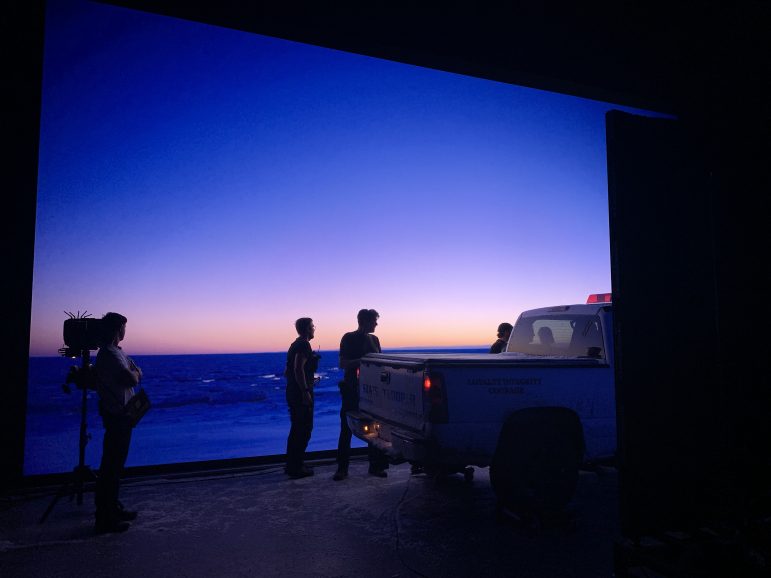
Overall, it was “a very sumptuous prep” according to the DP. “I do enjoy the process of testing,” he says. He was reminded of a quote from Al Pacino, who’d said that “whenever he plays a cop, he says he always learns how to shoot [again].” And so Hoffmeister likes to approach his own lensing that way, to see what he might discover anew. Or for the first time.
Although, once discovered, one thing he likes about having the burned-in LUT is “the idea (of not having) other people reversing decisions. For example, the texture would create something I’d consider almost a bit like rain,” resulting in what he considers “a very organic reaction to all these elements”.
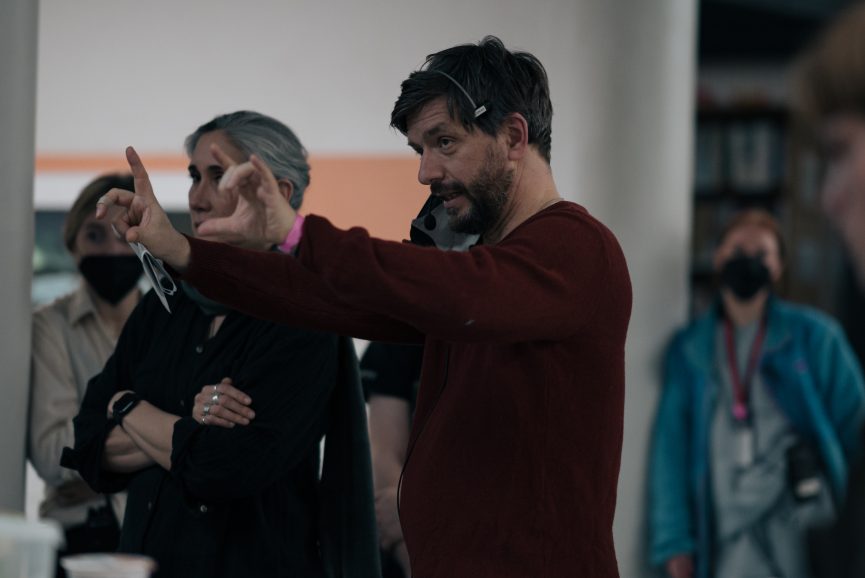
It takes a village
And in Hoffmeister’s own version of it “taking a village” to allow further thriving in life, “you have (to have) a network in absolute support of a good-looking show.”
Part of that network also included Goldcrest, back in the UK, which “agreed to work […] with the LUT I gave them”. Senior colourist Jet Omoshebi graded the show. “It’s an interesting time in digital image manipulation,” Hoffmeister says. “People are waking up [to the fact] that a LUT could be constructed by one entity and used by another.”
And beyond the help from ARRI, Goldcrest and Stereotec, Hoffmeister is also quick to credit his entire camera crew, including A-camera operator, Chris Plevin ACO Assoc BSC, all the other operators and focus pullers, his gaffer crew (which includes “only in Iceland” names like Sigurdur “Bahama” Magnusson), along with the plate supervisor, for both Alaskan and Icelandic terrain, Gudjón Jónsson, who also helped them create their own LED volume – à la The Mandalorian – for the series’ various driving scenes, with their attendant exposition, ruminations and recriminations.
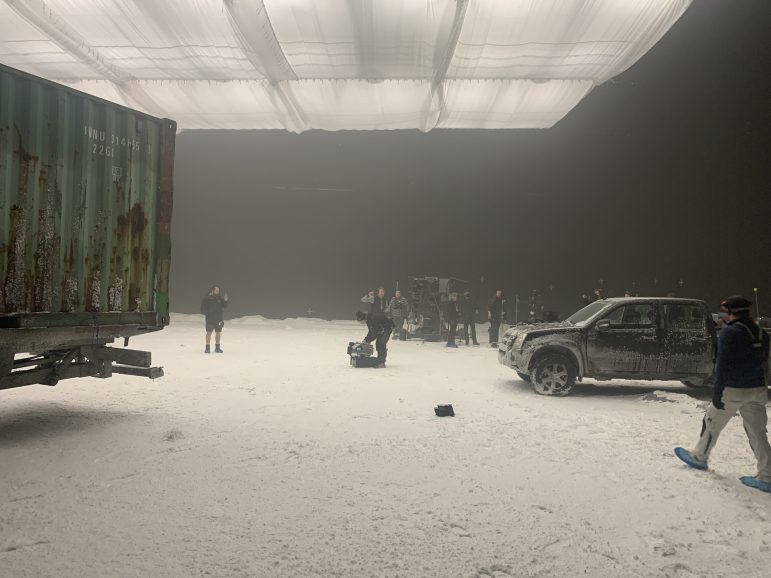
“We had really long car scenes,” Hoffmeister says, which are a “bit of a trademark” of the show, allowing Lopez “to play along the lines of an atmospheric similarity” to its earlier seasons.
Though according to Jodie Foster’s Sheriff Liz Danvers, one of the atmospheric aspects, the tensions, for this season of the show is that “some people come to Alaska to escape,” though in escaping, “sometimes they come here looking for something” too. Perhaps the same thing applies to Iceland, as well. Especially her concluding observation that “sometimes they find it.”
Sometimes they do indeed. As when all the production elements come together so well when shooting a show like True Detective: Night Country. And following our conversation with Hoffmeister, HBO announced that Issa López will be overseeing a fifth season of True Detective, so further explorations of the Night Country – visual and thematic – lie ahead.
